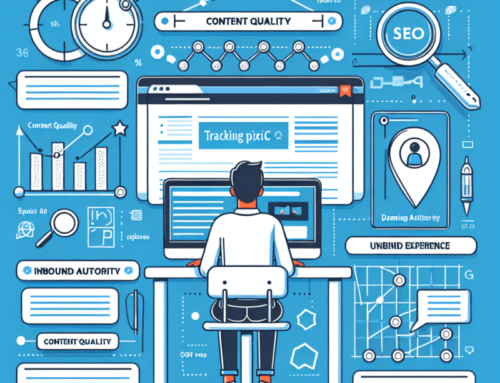Introduction
The world of software development is constantly evolving, and 2024 is no exception. With rapid technological innovation, new trends are emerging that redefine how applications are created, deployed, and managed. This article explores the most prominent software development trends for 2024, providing a clear insight into where the industry is headed.
1. Widespread Adoption of Artificial Intelligence and Machine Learning
In 2024, artificial intelligence (AI) and machine learning (ML) will be further integrated into software development. These technologies enable the creation of smarter applications capable of analyzing large volumes of data in real-time and making decisions based on patterns and predictions. From chatbots to predictive analytics, AI is transforming how businesses interact with their customers and optimize their operations.
2. Rise of Low-Code and No-Code Development Platforms
Low-code and no-code development platforms will continue to gain popularity in 2024. These tools allow developers, and even users with no programming experience, to create complex applications quickly and efficiently. By reducing the reliance on manual coding, these platforms accelerate development cycles and enable businesses to respond more quickly to market demands.
3. Focus on Security by Design
With the rise in cyber threats, security in software development is more critical than ever. In 2024, we will see an increasing focus on implementing “security by design” principles. This means integrating security measures at every stage of the software development lifecycle, from planning to deployment and maintenance.
4. Sustainable Software Development
Sustainability is gaining traction across all industries, and software development is no exception. In 2024, companies are expected to adopt sustainable development practices, focusing on the energy efficiency of applications and minimizing the carbon footprint of technological infrastructures. This approach is not only good for the planet but can also reduce operational costs in the long run.
5. Microservices and Container-Based Architectures
Microservices architectures and the use of containers will continue to be a dominant trend in 2024. These technologies allow developers to create modular applications that are easier to manage, scale, and deploy. Kubernetes and Docker will remain the preferred tools for container management, facilitating the deployment of applications in hybrid cloud environments.
Conclusion
2024 brings a wave of innovations and trends that are shaping the future of software development. From artificial intelligence to sustainable practices, developers must stay up-to-date with these trends to remain competitive in a constantly changing market. Embracing these new technologies and approaches will not only enhance efficiency and security but also open new opportunities for innovation.







Leave A Comment